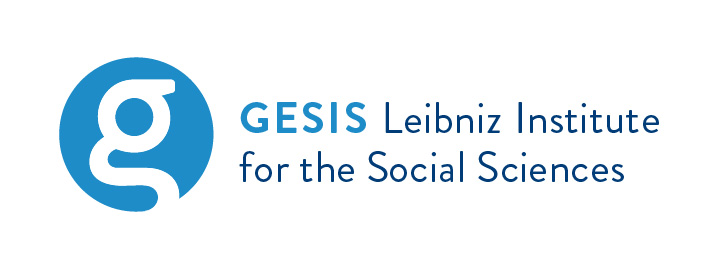Measuring the Coverage Bias in Landline Telephone Surveys by Comparison of Swiss Registry Data with Commercially Available Telephone Number Databases
Abstract
Coverage of the population within the sampling frame is a very important quality characteristic of a study. However, a metrical evaluation of the coverage bias to approach the question of representativeness is usually not possible.
Switzerland stands out in that the federal statistical office (SFSO) has legal access to population registers (person universe) and a full list of landline telephone numbers (phone number universe). However, these data are not available for research institutes, which must rely on commercially available number collections or RDD sampling frames.
This paper wants to quantify the coverage bias of such alternative sampling frames by metric calculation of their congruence with the SFSO universes.
The analysis shows that 85.0% of private phone numbers and 88.9% of the resident population of Switzerland that can be reached via landline by the SFSO definition (non-ALTELs) are included in our exemplarily analyzed commercially available phone number collection. The highest coverage bias is present in the 20-39 age group. The RDD frame covers 97.8% of private phone numbers and 99.8% of non-ALTEL persons. Hence, both available alternative sampling frames are useful for representative studies.
Finally, the potential of use of the Swiss coverage results as benchmarks for other countries is discussed.
Keywords
Full Text:
PDFDOI: https://doi.org/10.12758/mda.2016.007
Refbacks
- There are currently no refbacks.
Copyright (c) 2017 Stefan Klug, Birgit Arn

This work is licensed under a Creative Commons Attribution 4.0 International License.

